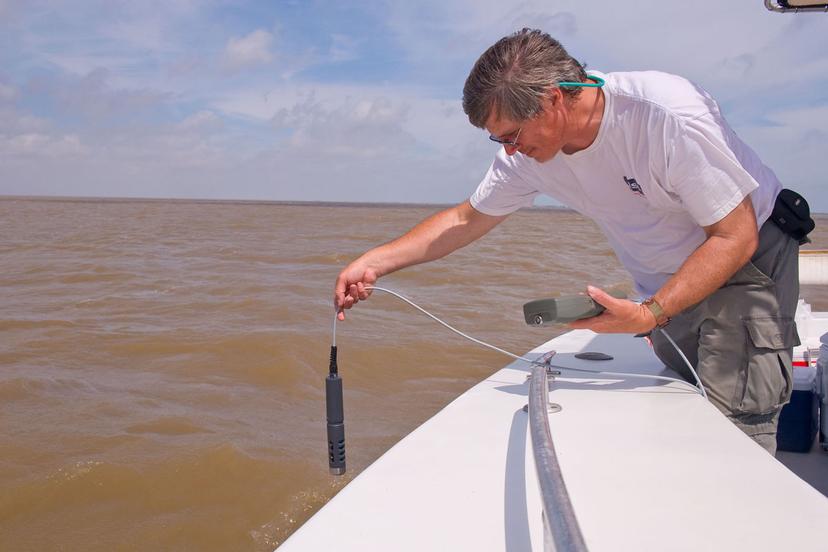Environmental Science and Conservation

Industry Outlook
Growth in the field of environmental science and conservation is expected because of increasing concern in the United States and around the world for the future health and survival of the planet. Exactly how large the field will become is difficult to project because the amount of attention paid to the environment in this country varies with each political administration and other issues, such as the health of the economy and the tension between creating new jobs and protecting the environment. Media attention to one cause or another—such as preserving the wetlands, saving the rainforests, saving the whales, or recycling—also waxes and wanes. Even so, the media helps to periodically remind people that significant environmental problems urgently need solutions.
Industrialized nations now have more resources and more interest in finding alternatives to fossil fuels, protecting the ozone layer, putting a stop to habitat and species destruction, and developing methods for conserving water, energy, and other resources. Recent political turmoil has heightened the threat of an energy crisis in the United States, and concern is growing over the possibility of bioterrorism and chemical warfare. The situation has put scientists and government officials on alert to ensure that the environment, including human health, is protected from such threats.
The outlook for employment growth within the environmental science and conservation field also varies depending on the job. The U.S. Department of Labor predicts that environmental engineers will experience 5 percent employment growth through 2028, which is about as fast as the average. The federal government's requirement to clean up contaminated sites, and a focus on using water more efficiently, will sustain demand for engineers' services in the coming years. They'll also be needed to help utilities and treatment plants comply with federal and state environmental regulations. Environmental science and protection technicians will experience faster than average employment growth due to the heightened attention paid to hazards to the environment and the need to comply with regulations.
Conservation scientists and foresters, on the other hand, will have slower-than-average job growth through 2028. Federal and state-owned forest lands, particularly in the West, will offer the most job opportunities in the coming years. Forest fires are a common occurrence in this region and land restoration is often needed. Opportunities will also arise due to workers retiring from the field. Employment growth is expected to be average for zoologists and wildlife biologists through 2028. They'll still be needed to study the effects of population growth on wildlife and their habitats, but job opportunities within government agencies such as the U.S. Fish and Wildlife Service will depend on the budgets of those agencies.
During the coronavirus pandemic that began in 2020, the global financial downturn led to cuts in research budgets for environmental scientists and slowdowns for ongoing projects. In some cases, travel restrictions prevented scientists from conducting field research or attending previously planned conferences. In the academic world, shifts to remote learning for college and other higher education affected hiring, leading to fewer job opportunities. The pandemic created some new research opportunities for environmental scientists because lockdowns, quarantining, and diminished travel decreased carbon emissions and air pollution, allowing them a rare chance to study the environment under novel conditions.
In late 2020, the environmental consulting services market in the U.S. was valued at $8.8 billion, according to ReportLinker. The global environmental consulting services industry is projected to grow by about 1.7 percent annually from 2020 through 2027. Environmental engineering consultants and related services will grow by 1.8 percent annually in that same time frame. The global environmental management, compliance, and due diligence segment is expected to increase at a compound annual growth rate of 2.2 percent through 2027. Growth is also expected in the U.S. environmental science and conservation industry in the next few years due to the COVID-19 vaccine rollout in 2021, economic rebound, and the new administration's focus on climate change and environmental issues.